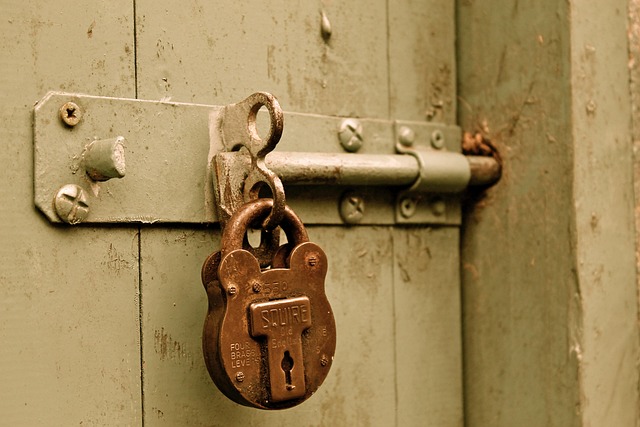Multi-Factor Authentication (MFA) enhances security for high-risk areas like remote-controlled electronic locks by combining passwords, tokens/apps, and biometrics. This technology prevents unauthorized access in sensitive facilities and data centers through advanced encryption and secure communication protocols, offering convenience alongside robust protection. Implementing MFA with remote-controlled electronic locks fortifies defenses with regular audits, updates, strong passwords, and 2FA.
“In today’s digital age, securing high-security areas is paramount. Multi-Factor Authentication (MFA) offers a robust solution for enhancing access control. This article delves into the fundamentals of MFA and its immense benefits for critical environments. We explore advanced security measures, including remote-controlled electronic locks, providing a comprehensive guide to implementing best practices. By understanding MFA’s role in high-security settings, organizations can mitigate risks effectively.”
Understanding Multi-Factor Authentication (MFA) Basics
Multi-Factor Authentication (MFA) is a security mechanism that requires multiple forms of verification before granting access to sensitive areas or systems. Unlike traditional passwords, which rely solely on knowledge, MFA adds layers of protection by combining something the user knows (like a password), something they have (like a token or smartphone app), and sometimes even something they are (biometric data). This three-factor approach significantly enhances security, making it particularly effective for high-security areas.
For instance, in the context of remote-controlled electronic locks, MFA ensures that unauthorized individuals cannot gain access even if they manage to obtain a user’s password. To unlock the door, an additional code or biometric confirmation might be required, arriving via a dedicated mobile app or token on the user’s smartphone. This dual-factor protection adds an extra level of security, ensuring that even if a password is compromised, the system remains safe.
Benefits of MFA for High-Security Environments
Multi-factor authentication (MFA) offers unparalleled security enhancements for high-security areas, such as restricted facilities and sensitive data centers. By requiring more than just a password to gain access, MFA significantly reduces the risk of unauthorized entry and protects against sophisticated cyber threats. This additional layer of security is crucial in environments where valuable assets or critical operations are at stake.
One prominent application of MFA is seen in remote-controlled electronic locks, which integrate biometric data or unique codes alongside traditional keys. These advanced locking mechanisms ensure that only authorized individuals with the correct credentials can access secure premises. Such robust authentication methods deter unauthorized attempts, providing peace of mind for organizations entrusted with high-value resources, ensuring their safety and integrity.
Implementing Remote-Controlled Electronic Locks
Implementing remote-controlled electronic locks is a game-changer for high-security areas, offering both convenience and robust protection. These cutting-edge solutions allow authorized personnel to access sensitive locations from a distance, eliminating the need for physical keys or proximity cards. With a simple tap on a smartphone app or a dedicated remote control, individuals can unlock doors, ensuring swift entry while maintaining strict security protocols.
The technology behind remote-controlled electronic locks is sophisticated yet user-friendly. Each lock is equipped with advanced encryption mechanisms and secure communication protocols to prevent unauthorized access attempts. This ensures that only those with legitimate credentials can gain entry, making it an ideal solution for high-value assets, confidential spaces, or areas requiring enhanced privacy and safety measures.
Advanced Security Measures and Best Practices
In high-security areas, implementing advanced security measures is paramount. One such measure is the integration of multi-factor authentication (MFA) systems alongside remote-controlled electronic locks. These locks, operated remotely and securely, serve as a physical barrier’s digital counterpart, ensuring that access is granted only to authorized personnel. By combining robust hardware with sophisticated software for MFA, facilities can add an extra layer of protection against unauthorized entry or cyberattacks.
Best practices in this domain emphasize the importance of regular security audits, keeping software up-to-date, and employing strong, unique passwords for each user account. Additionally, enabling two-factor authentication (2FA) as a standard protocol strengthens access control. This involves not only what the user knows (passwords) but also something they have (e.g., a physical token or biometric data). Together, these strategies create an impenetrable defense against potential intruders, making high-security areas safer and more secure in today’s digital age.
Multi-factor authentication (MFA) significantly enhances security in high-security areas, adding an extra layer of protection with advanced measures like remote-controlled electronic locks. By implementing MFA and best practices discussed, organizations can safeguard their spaces and sensitive information from potential threats. These strategies ensure a robust security framework, fostering a safer environment for all.
